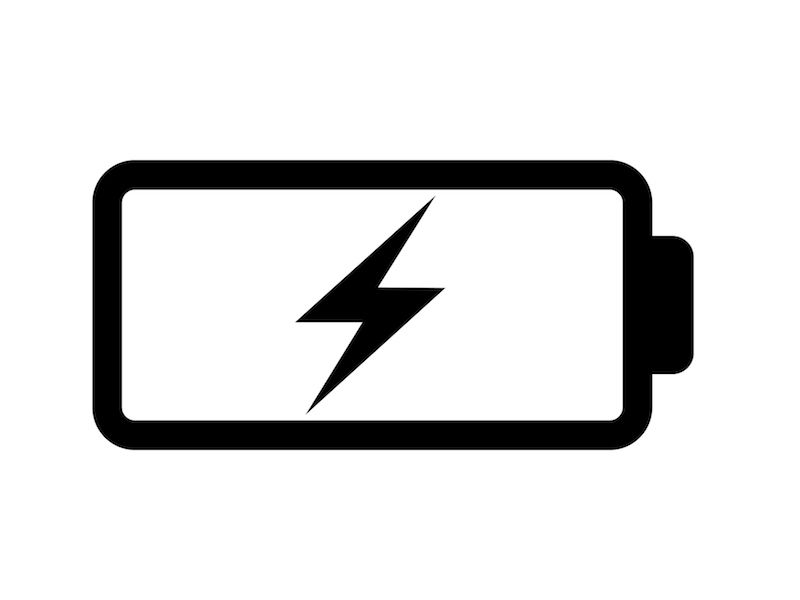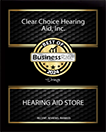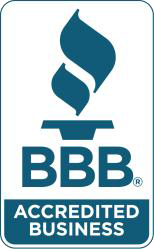
Worrying about losing battery power is something you shouldn’t have to do with rechargeable hearing aids, but when you depend on this technology, it may make you a little anxious. Do rechargeable hearing aids work, and do they work as well as advertised?
Those questions are understandable, as is the accompanying anxiousness. A hearing aid is often a vital part of one’s everyday life, as necessary for a simple trip to the grocery store as they are for the enjoyment of a movie or television show. It’s essential that a piece of technology works correctly and dependably, especially when it impacts so many aspects of life.
What Type of Battery do I Have?
Most contemporary hearing aids have rechargeable batteries by default, so if you bought your hearing aids recently it’s likely that your hearing aids will have one of two battery types. Silver-zinc batteries, which can usually be distinguished by a battery door on the device, are rechargeable, but the batteries may have to be replaced every so often. A Lithium-ion battery, however, will not have a battery door because the batteries will last as long as the hearing aid does.
How to Care For Your Rechargeable Hearing Aid
For the most part, rechargeable hearing aids do work, and they work well. The dependability of these devices has increased considerably in the last several years, as battery technologies have advanced. In order to improve dependability, however, there are some maintenance steps users can take as they would with any other electronic equipment.
- Store Your Hearing Aids on The Charging Station: If your hearing aids have rechargeable batteries, you can extend the battery life of your device by ensuring that you regularly store your hearing aids on their charging station. Charging a battery that is not fully drained does not reduce long-term battery life. In fact, you can actually increase the battery life by making sure your hearing aids are charging while not in use. A simple reminder, for many people, to charge their device when not used, is to place the charging station on a table next to their bed.
- Keep Your Hearing Aids Dry and Clean: Your hearing aids will collect moisture, dust, and debris regardless of how often you use them. Any combination of these three things can diminish the efficiency of your battery and can hinder charging in sufficient quantities. When connecting your hearing aid to your charging station, as with any other time, it’s essential to keep your device clean.
- Be Mindful of Wires: Either the charging station or the hearing aid itself will have some type of wire element on most hearing aids. Being careful of these wires is important for hearing aid users; the connection that allows the device to charge can be broken if you pull on or hold it by the wires.
How to Change a Rechargeable Battery
If you have lithium-ion batteries, they will probably last as long as your device does. Because of this, you shouldn’t need to worry about changing those batteries. Your hearing aids can then be simply charged as long as needed.
However, you will want to occasionally change the batteries if you have a hearing aid that utilizes silver-zinc batteries. The longevity of your battery can be improved by replacing them in the right way. Because of this, hearing professionals recommend the following:
- Five minutes before removing any tabs that might be attached let the batteries sit at room temperature.
- Until you’re ready to use the batteries, don’t remove the plastic tabs or packaging.
- Ensure that your battery compartment is clean and free of moisture.
- Store batteries in a room temperature spot that is also certain to be dry.
- Be sure you wash your hands before replacing your hearing aid batteries.
Long Periods of Non-Use
Leaving your hearing aids on the charger for long periods of time is no longer the way to store your hearing aids. If, for instance, you know that you won’t be wearing your hearing aids for a few weeks or months, you can simply disconnect the charger and put your hearing aids in a dry and cool spot.
Think about leaving the battery door open so you can prevent moisture from corroding the batteries if you use silver-zinc batteries.
Keep it Charged Every Day
For most people, and for day to day use, charging your hearing aids once per day should be enough for all of your requirements. To get 24 hours worth of battery life with a lithium-ion battery will usually only require 3-4 hours every day.
Do rechargeable hearing aids work? Not only do they work, but rechargeable hearing aids will probably become a lot more common and dependable as the technology continues to improve. Schedule an appointment with your local hearing aid retailer to see all the different models.
The content of this blog is the intellectual property of MedPB.com and is reprinted here with permission.
The site information is for educational and informational purposes only and does not constitute medical advice. To receive a personalized free hearing test and hearing loss consultation, call today to set up an appointment.










